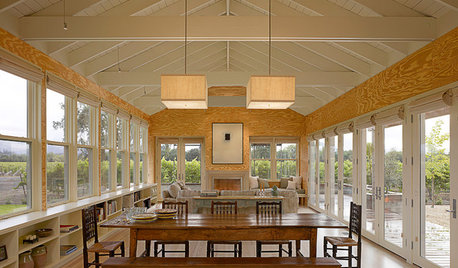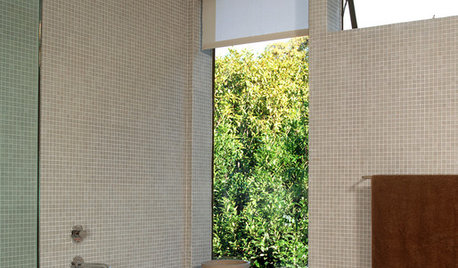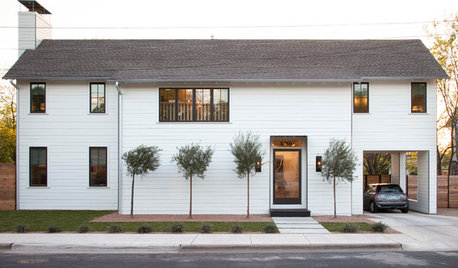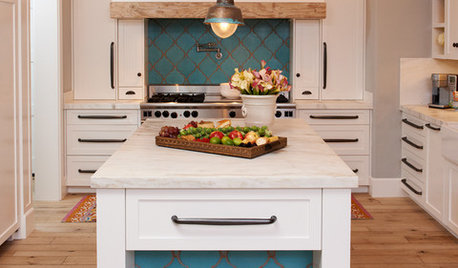Gypsum vs agricultural gypsum
nooba
10 years ago
Featured Answer
Sort by:Oldest
Comments (10)
Kimmsr
10 years agoRelated Professionals
Port Royal Landscape Architects & Landscape Designers · Billerica Landscape Contractors · Brookside Landscape Contractors · Clearlake Landscape Contractors · Kettering Landscape Contractors · Mendota Heights Landscape Contractors · Rochester Landscape Contractors · Vacaville Landscape Contractors · Vadnais Heights Landscape Contractors · Solana Beach Decks, Patios & Outdoor Enclosures · Cave Spring Decks, Patios & Outdoor Enclosures · Ashburn Decks, Patios & Outdoor Enclosures · Hendersonville Decks, Patios & Outdoor Enclosures · Mobile Decks, Patios & Outdoor Enclosures · Palmetto Decks, Patios & Outdoor Enclosuresnooba
10 years agorhizo_1 (North AL) zone 7
10 years agoericwi
10 years agonooba
10 years agoSlimy_Okra
10 years agopnbrown
10 years agorhizo_1 (North AL) zone 7
10 years agopnbrown
10 years ago
Related Stories

MATERIALSRaw Materials Revealed: Drywall Basics
Learn about the different sizes and types of this construction material for walls, plus which kinds work best for which rooms
Full Story
GARDENING GUIDESGardening Solutions for Heavy Clay Soils
What’s a gardener to do with soil that’s easily compacted and has poor drainage? Find out here
Full Story
GREAT HOME PROJECTSWhat to Know About Adding a Reclaimed-Wood Wall
Here’s advice on where to put it, how to find and select wood, what it might cost and how to get it done
Full Story
ARCHITECTUREDesign Workshop: The Beauty of Humble Materials
Discover the appeal of budget-friendly plywood, concrete and other modest surfaces
Full Story
GARDENING GUIDESNew Ways to Think About All That Mulch in the Garden
Before you go making a mountain out of a mulch hill, learn the facts about what your plants and soil really want
Full Story
EARTH DAY5 Ideas for a More Earth-Friendly Garden
Consider increasing the size of garden beds, filtering rainwater and using plants to reduce energy use
Full Story
GARDENING GUIDESSouthern California Gardener's September Checklist
Before prime planting time, clean out the old garden, prepare for the new, and dream up ideas for fall flowers and veggies
Full Story0

BATHROOM DESIGNFloor-to-Ceiling Tile Takes Bathrooms Above and Beyond
Generous tile in a bathroom can bounce light, give the illusion of more space and provide a cohesive look
Full Story
HOUZZ TOURSHouzz Tour: A Modern Take on a Traditional Texas Farmhouse
Contemporary details update the classic form in this Austin home with a kitchen designed for a professional baker
Full Story
KITCHEN DESIGN10 Gorgeous Backsplash Alternatives to Subway Tile
Artistic installations, back-painted glass and pivoting windows prove there are backsplash possibilities beyond the platform
Full Story







Slimy_Okra